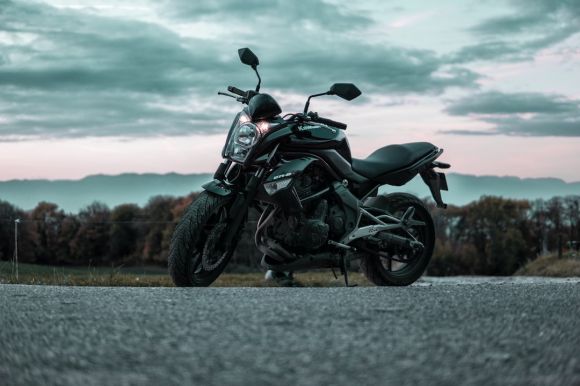Motorcycle riding can be an exhilarating experience, but it also comes with its fair share of risks. Accidents involving motorcycles are unfortunately all too common, and the consequences can be severe. This is why it is crucial for riders to develop and practice defensive riding techniques. By adopting these techniques, riders can greatly reduce the likelihood of accidents and protect themselves on the road.
Increased Awareness and Observation Skills
One of the key aspects of defensive riding is maintaining a high level of awareness and observation. This means constantly scanning the road and checking for potential hazards. By actively looking for potential dangers, riders can react quickly and avoid potential accidents. This includes checking blind spots, anticipating the movements of other vehicles, and being aware of road conditions.
Proper Positioning on the Road
Positioning on the road is another important defensive riding technique. By positioning themselves correctly, riders can maximize their visibility and minimize the risks associated with other vehicles. This means riding in a position where they can be easily seen by other drivers, such as the center of the lane. It also involves maintaining a safe distance from other vehicles to allow for proper reaction time.
Maintaining a Safe Speed
Speeding is a common cause of motorcycle accidents. Defensive riders understand the importance of maintaining a safe speed that is appropriate for the conditions of the road. This means adjusting their speed based on factors such as weather conditions, traffic volume, and visibility. By riding at a safe speed, riders can better control their bike and have more time to react to potential hazards.
Anticipating and Predicting Other Drivers’ Actions
Defensive riding involves anticipating and predicting the actions of other drivers on the road. This means being aware of their behavior and adjusting accordingly. For example, if a car is swerving in and out of its lane, a defensive rider would give it a wide berth and be prepared for sudden lane changes. By being proactive and anticipating potential dangers, riders can better protect themselves from accidents caused by the negligence of others.
Using Proper Braking Techniques
Braking is a critical skill for all motorcycle riders. Defensive riders understand the importance of using proper braking techniques to avoid accidents. This includes applying both the front and rear brakes smoothly and evenly, rather than relying solely on one or the other. It also involves practicing emergency braking maneuvers to be prepared for sudden stops. By mastering proper braking techniques, riders can significantly reduce the risk of rear-end collisions and other accidents.
Wearing Protective Gear
Defensive riding is not just about how one rides, but also about how one prepares for potential accidents. Wearing appropriate protective gear is a crucial part of defensive riding. This includes a helmet, gloves, boots, and protective clothing. These items can greatly reduce the severity of injuries in the event of an accident. By taking the necessary precautions, riders can minimize the risks associated with motorcycle riding.
Conclusion: Safe and Responsible Riding
In conclusion, defensive riding techniques are essential for all motorcycle riders. By increasing awareness, maintaining proper positioning, adjusting speed, anticipating other drivers’ actions, using proper braking techniques, and wearing protective gear, riders can greatly reduce the likelihood of accidents and protect themselves on the road. Remember, safe and responsible riding not only ensures your own safety but also contributes to the overall safety of everyone on the road. So, embrace defensive riding techniques and make every ride a safe and enjoyable one.
